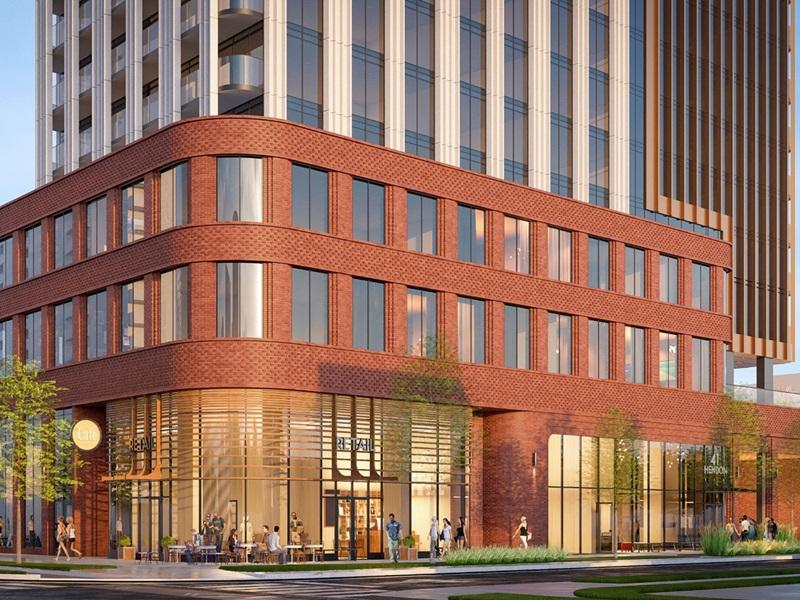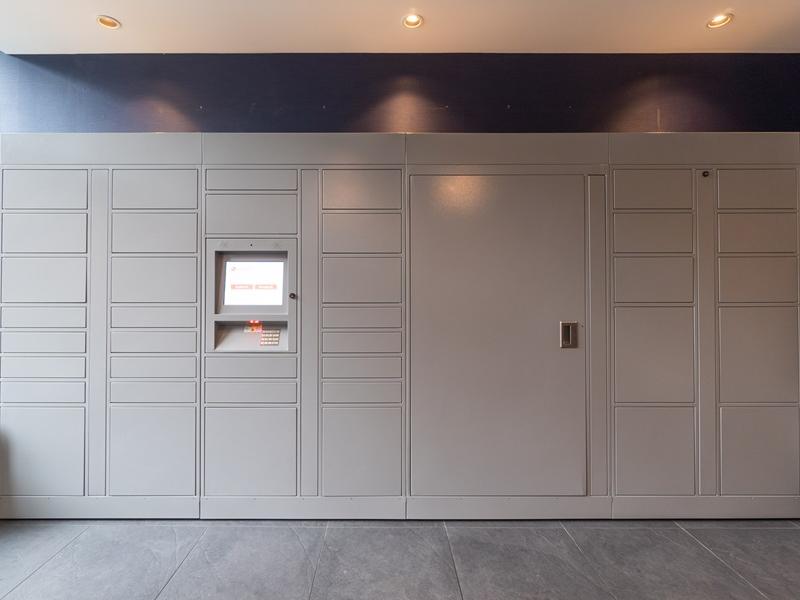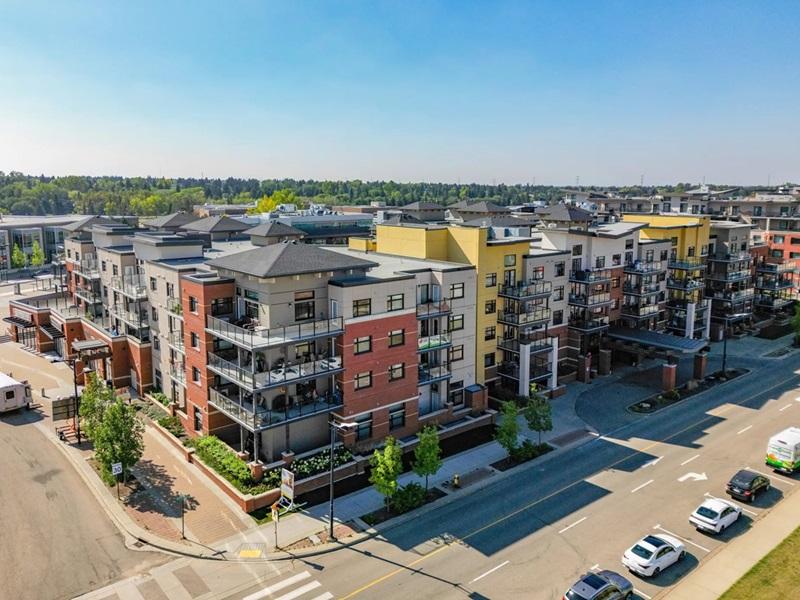
Some developers are seeking alternatives to the high risks and costs of high-rise multiresidential projects by constructing buildings ranging from six to 20 storeys.
Recent zoning and building code reforms, simplified construction logistics and faster market absorption could make midrise a viable and attractive option in Toronto, and a recent Urban Land Institute Toronto-hosted webinar looked at the opportunities and challenges of these developments.
Kyle Knoeck, the City of Toronto’s director of zoning and secretary-treasurer of the committee of adjustment, said there were 142 mid-rise developments with a combined 22,000 residential units completed in the city from 2010 to 2024.
Another 640 projects from that time period are in the approvals pipeline, working towards a building permit, or have been paused by their developers, according to Knoeck.
“We really want to celebrate this as a sort of modern density and human-scale built form that’s appropriate in many, many places across our city, and trying to open that up as much as possible is something that we'd like to see through the city’s policies,” SvN Architects + Planners senior associate for planning Kelly Graham said.
City of Toronto has changed some policies
The city changed its urban design guidelines last year, including the removal of angular plane requirements that resulted in a lot of tiered buildings that can be complicated to build.
“I think these new policies allow the flexibility to have optionality,” Stafford vice-president of acquisitions and development Nate Pace observed. “On some sites you might terrace every floor and on others you might do less because it's the only way that it pencils out.”
The city has changed its categorization of midrise buildings from 11 to 14 storeys, granted as-of-right permissions for them on its avenues and designated hundreds of kilometres of additional streets as avenues that can accommodate more density. The next step will be to review land-use designations to create an official plan policy context where as-of-right zoning permissions can be applied to more areas of Toronto.
“My colleagues in development review are seeing a lot of interest from the development community and people who have sites that maybe, in the past, they didn't think they could quite make work in this economic context,” Knoeck said.
“Now they see the new zoning permissions and guidelines as opening some potential, and I think some projects that maybe have been paused because of the economic circumstances are now being re-examined by property owners to see if there's a way to bring those projects forward in a revised way.”
Buildings that fit their neighbourhoods
“With these recent planning changes, you can theoretically start to see some midrise developments in more traditional, single-family, lower-density neighbourhoods that maybe haven't seen density or new development historically,” said Hines managing director and panel moderator Myles Millard.
Graham stressed the importance of educating residents about the benefits midrise buildings can bring to neighbourhoods.
“Units in midrise buildings provide way more opportunities for retirees to stay in the neighbourhoods they love, for young adults to start their careers while staying in a neighbourhood close to parks, schools and all these really amazing amenities that we have in Toronto's neighbourhoods,”Graham said.
SvN recently collaborated with LGA Architectural Partners to create The Mid-Rise Manual to promote these structures.
BDP Quadrangle principal and design director Heather Rolleston said profit margins for building midrise are “super tight” and suggests a sliding scale for development charges based on the size of project.
“There are often the same number of details, if not more, in a midrise project,” Rolleston noted. “It's arguably just as difficult, if not more difficult sometimes, to get these approved and built.”
Mixed-use midrise buildings can also provide smaller retail spaces for “mom-and-pop shops” and enable businesses that were displaced by a development to be invited back into the new building, Rolleston said.
Leader Lane focuses on midrise
Leader Lane Developments focuses on midrise buildings with no more than 60 units. Its projects include 1400 Victoria Park, Mimico Collection (in partnership with Windmill Developments), Bloor Jane and 1156 The Queensway (in partnership with Elm Developments).
“Coming out of managing the development business of a private equity firm investing in large-scale highrise projects across the country, we saw that there was a gap in the marketplace for the provision of end-user-focused, boutique, street-oriented urban forms,” founding partner Don Manlapaz said, adding that obtaining approvals and building midrise both take less time than for highrise.
“In an ideal world, we would like to be able to complete our prototype building within 30 months of closing on an acquisition. On more traditional concrete buildings with underground parking, we’re talking less than five years, where typically with a highrise building you're looking at six, seven or eight years.”
Stafford is active in mid-rise
Stafford has two midrise buildings under construction: Linea, a nine-storey, 207-unit condominium at 743 Warden Ave. being developed in partnership with The Goldman Group; and The Georgian, a seven-storey, 107-unit condo at 227 Gerrard St. E.
Construction is expected to start this fall on a 12-storey, 150-unit apartment building at 914 Bathurst St.
Pace said a lot of people don’t want to live in towers or on busy streets, but still want to be close to public transit and community amenities.
“Our roots trace back historically to mostly urban infill lowrise projects that blend into existing communities,” Pace said. “Over the years, those types of opportunities from the city of Toronto got harder to find as the city got built out and land became scarce or, from an economic perspective, they became harder to pencil.
“For us, moving into midrise seemed like a natural transition to sticking with our core of trying to do this urban infill within the city of Toronto, but also building these human-scale projects.”










